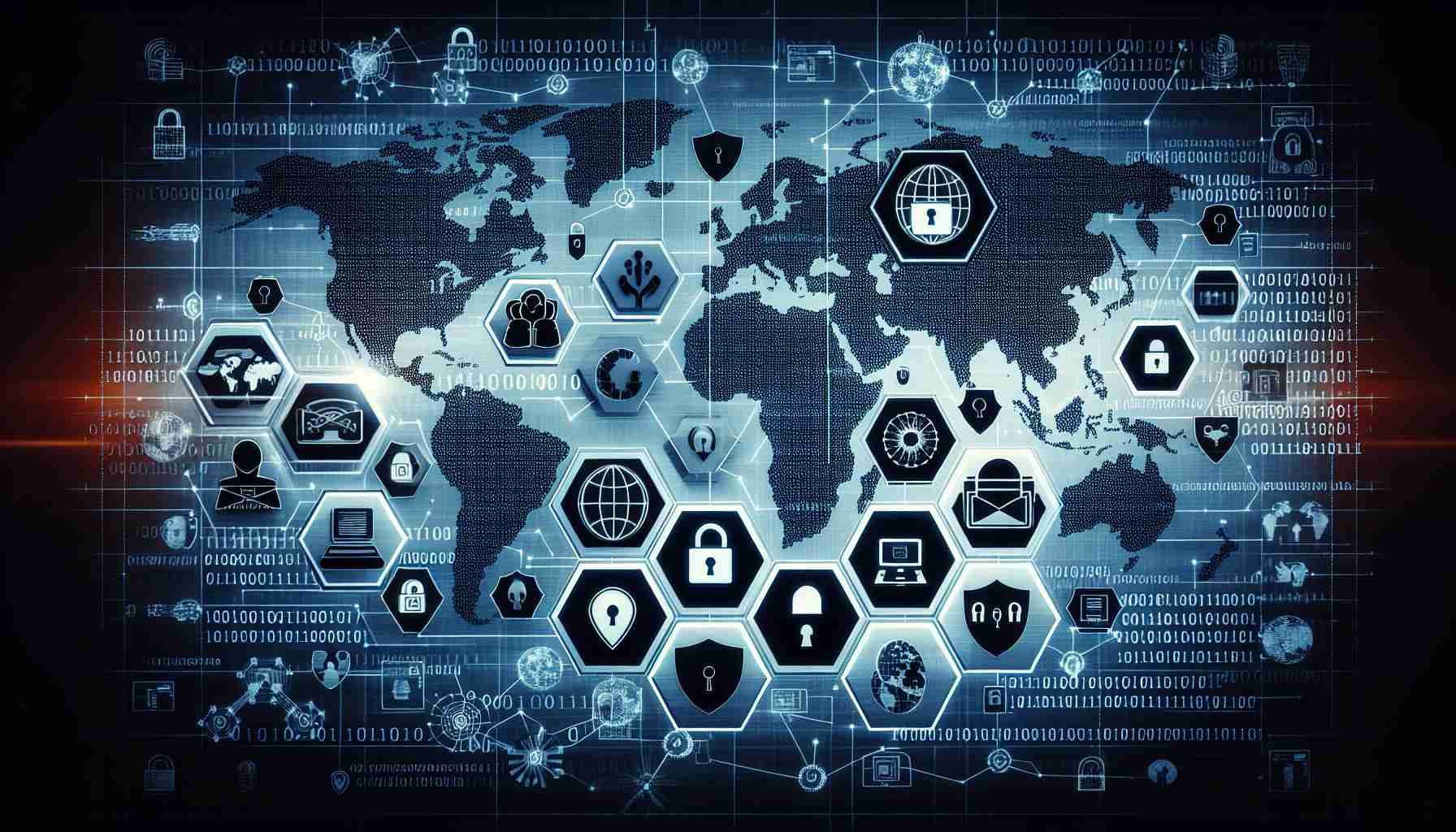A New Era of Cyber Threats
Cybersecurity landscapes are witnessing a surge in the recruitment of cybercriminals by nations such as Russia, China, and North Korea. These countries are leveraging sophisticated tactics to not only steal sensitive information but also execute ransomware attacks, sabotage operations, and engage in influence campaigns.
The Evolution of Cyber Warfare
Recent trends highlight a growing partnership between governments and cybercriminals, with activities observed in various regions including China, Russia, Iran, and North Korea. These nations exploit financially motivated hackers as a ‘multiplier force’ to enhance their cyber capabilities.
The Role of Artificial Intelligence
Amid widespread concerns, the adoption of generative AI tools has created a conducive environment for state-sponsored interference in high-stakes contests. Nations like Russia, Iran, and China are actively involved in using AI to influence elections and undermine public institutions.
The Blurring Lines of Cyber Offenses
North Korea stands out for its seamless integration of cybercrimes and cyber espionage, with reports suggesting the country has illicitly acquired billions in cryptocurrencies since 2017. This convergence has raised alarm bells regarding the intricate web of cybersecurity threats facing the global community.
In summary, the cybersecurity landscape is rapidly evolving with the emergence of complex cyber threats driven by state actors and malicious entities. Understanding these evolving trends is essential to bolstering defenses and ensuring the resilience of critical systems against potential cyber attacks.
Unveiling Unprecedented Cybersecurity Threats
As we delve deeper into the realm of cybersecurity threats, it becomes evident that the landscape is constantly shifting, bringing to light new challenges and adversaries that warrant closer attention.
Emerging Threat Vectors
One notable trend in cybersecurity is the rise of threats stemming from Internet of Things (IoT) devices. With the proliferation of interconnected gadgets, from smart home appliances to industrial control systems, cyber attackers are exploiting vulnerabilities in these devices to launch large-scale attacks. How can organizations secure their networks from IoT-related threats?
The Human Factor in Cybersecurity
A critical aspect often overlooked is the human element in cybersecurity incidents. Phishing attacks, social engineering tactics, and insider threats pose significant risks to organizations, highlighting the need for robust awareness training and policies. How can businesses effectively educate their employees to mitigate human error in cybersecurity?
Ransomware Evolution
Ransomware attacks have evolved over the years, becoming more sophisticated and destructive. Not only are cybercriminals encrypting data for financial gain, but they are also exfiltrating sensitive information to extort additional payments. What measures can organizations implement to combat the evolving tactics of ransomware operators?
The Regulatory Landscape
Amid the evolving cybersecurity threats, governments worldwide are introducing stringent regulations to enhance data protection and resilience. Compliance requirements such as the General Data Protection Regulation (GDPR) and the California Consumer Privacy Act (CCPA) compel organizations to fortify their security posture. How can businesses navigate the complex regulatory landscape while maintaining operational efficiency?
Advantages and Disadvantages
One advantage of heightened awareness about emerging cybersecurity threats is the collective effort to bolster defense mechanisms and promote information sharing among industry peers. However, the rapid evolution of attack techniques poses a significant disadvantage, as defenders often struggle to keep pace with the ever-changing tactics employed by malicious actors.
In conclusion, staying abreast of the constantly evolving cybersecurity landscape is imperative for organizations seeking to protect their digital assets and maintain operational integrity. By addressing key challenges and controversies associated with emerging trends in cybersecurity threats, businesses can proactively safeguard their systems and data from malicious intrusions.
For further insights into cybersecurity best practices and threat mitigation strategies, visit Cybersecurity Domain.
